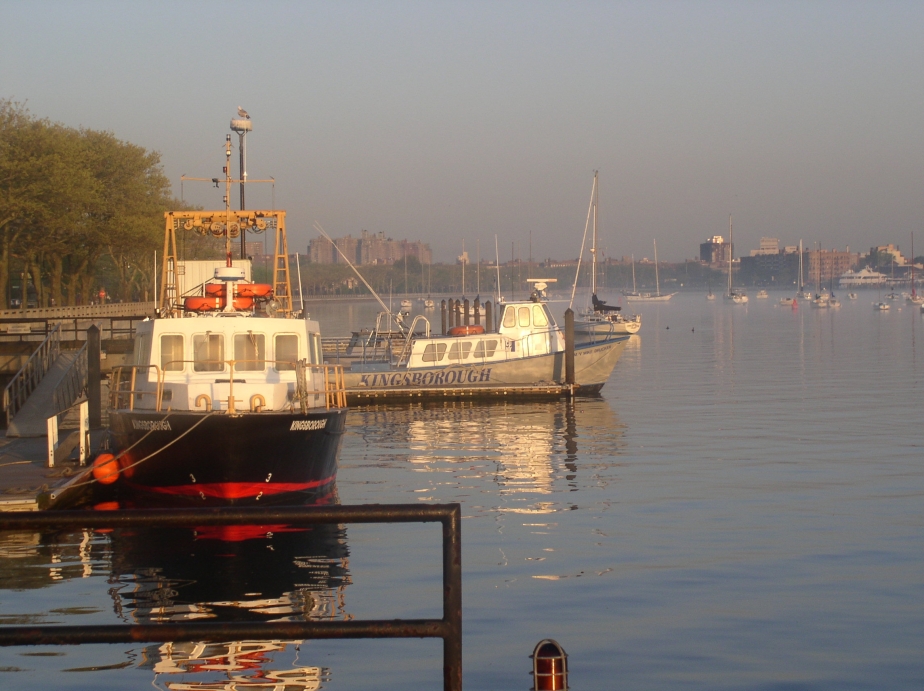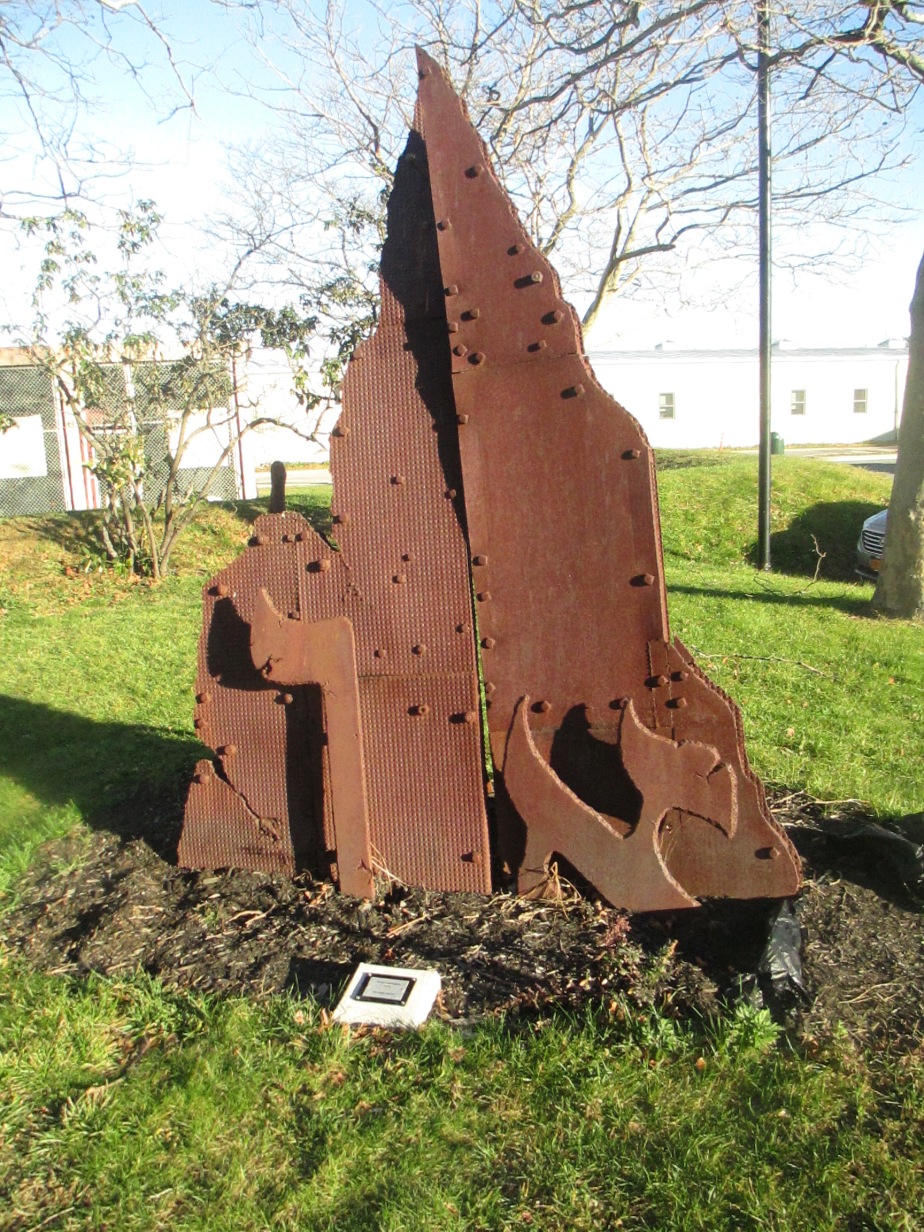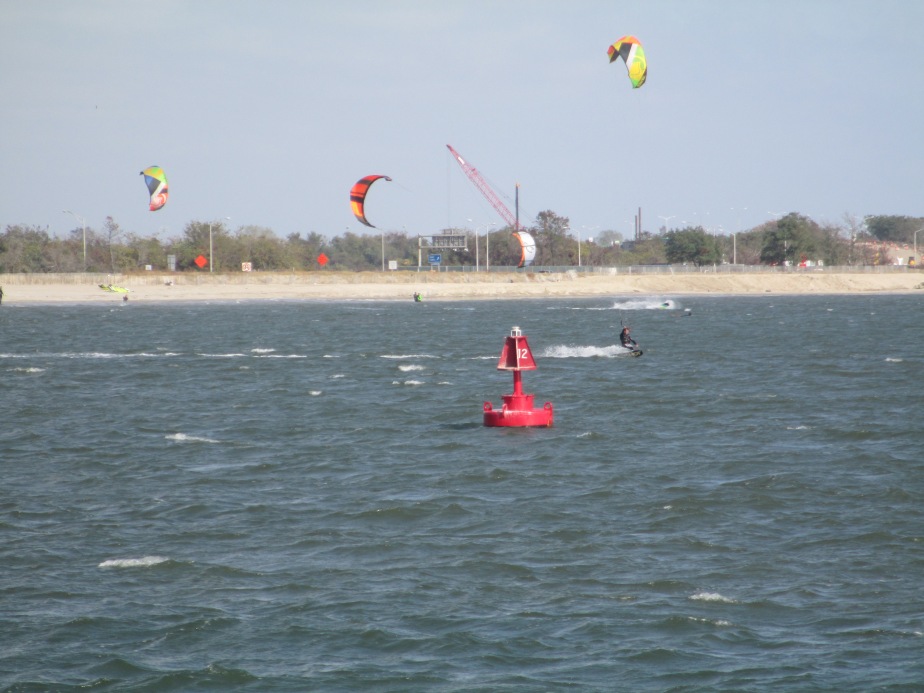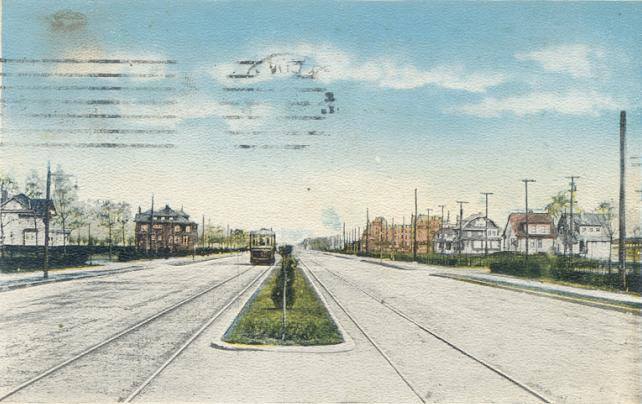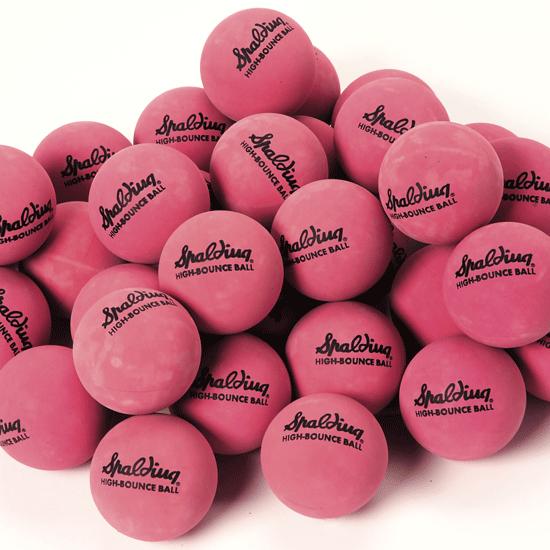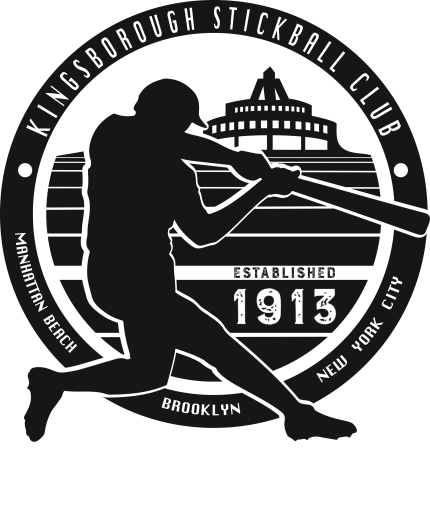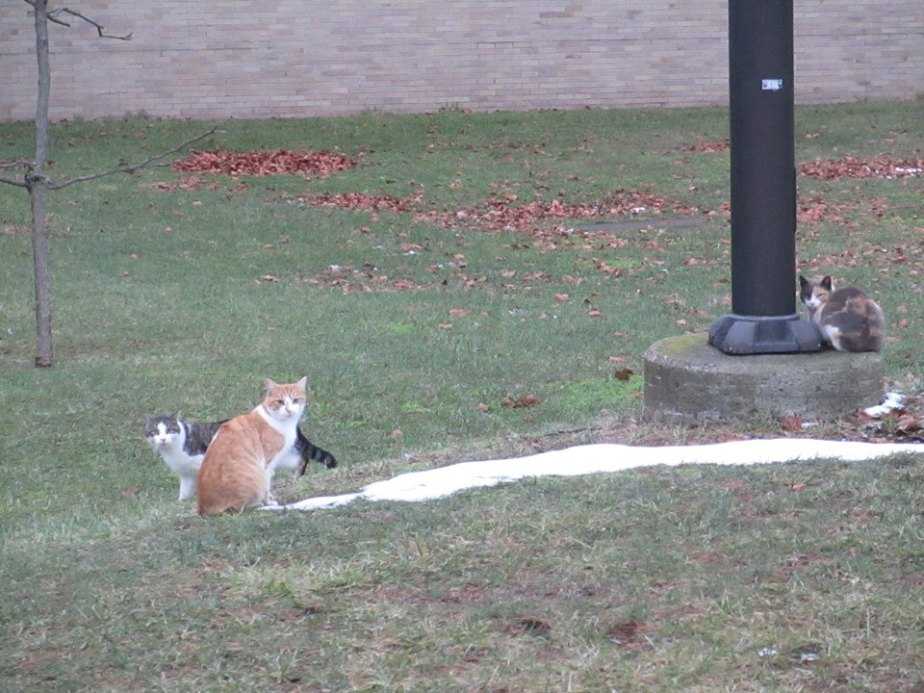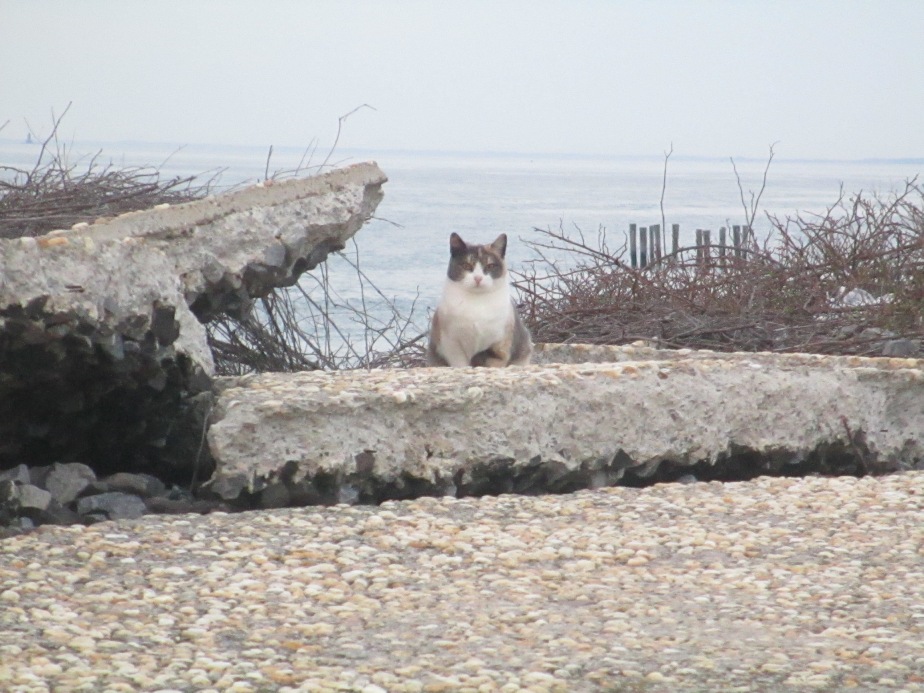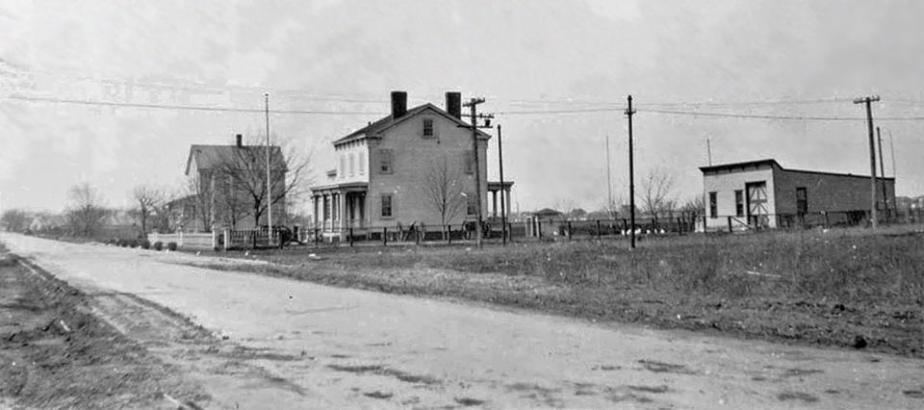
This Farm is looking west down Avenue U, early 1920s. Photographer was standing roughly where Haring Street is today. The power lines are above Nostrand Avenue, and the house with the two chimneys stood about a dozen yards west of the southeast corner of Nostrand and U.
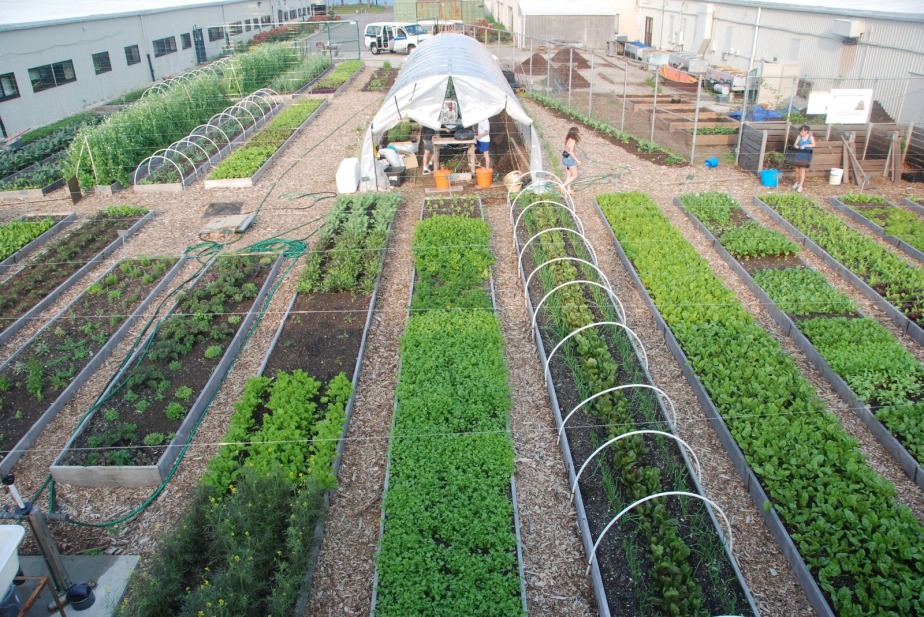
The Kingsborough Urban Farm located on the Campus of Kingsborough Community College-photo by Andrew Cassin
The KCC Urban Farm is an organic, year-round food production site located on the campus of Kingsborough Community College. We grow a wide variety of vegetables, herbs and flowers, we compost food scraps from the Culinary Arts Program, and we host tastings, events, The KCC Farm provides students with urban farming expertise and first-hand experience building a more sustainable food system. Training through credit, non-credit and workforce development programs emphasizes hands-on experience and practical knowledge. Our goals are to prepare students for careers in the rapidly expanding local food economy, build a greater understanding of food systems through growing fresh fruits and vegetables, and to educate students on the benefits of leading healthy lifestyles.
The farm is located at the Kingsborough Community College campus between T8 and T2. To volunteer, or for more information, about the farm, please call or email us at 718.368.6578 or KCCurbanfarm@kbcc.cuny.edu.
For news and updates about the KCC Urban Farm, visit our blog: http://cewdkbcc.com/category/kcc-urban-farm/
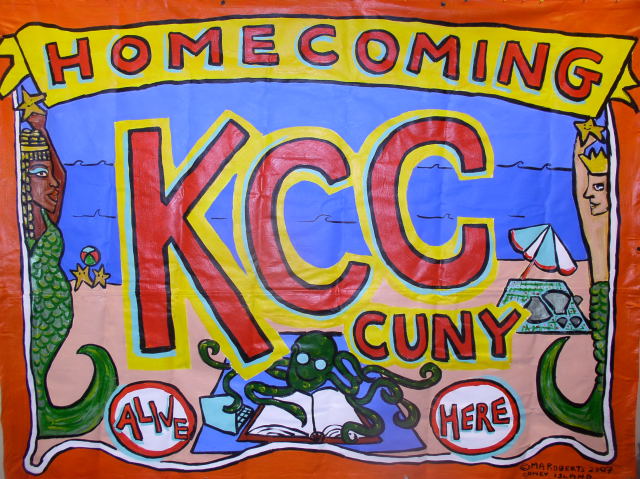



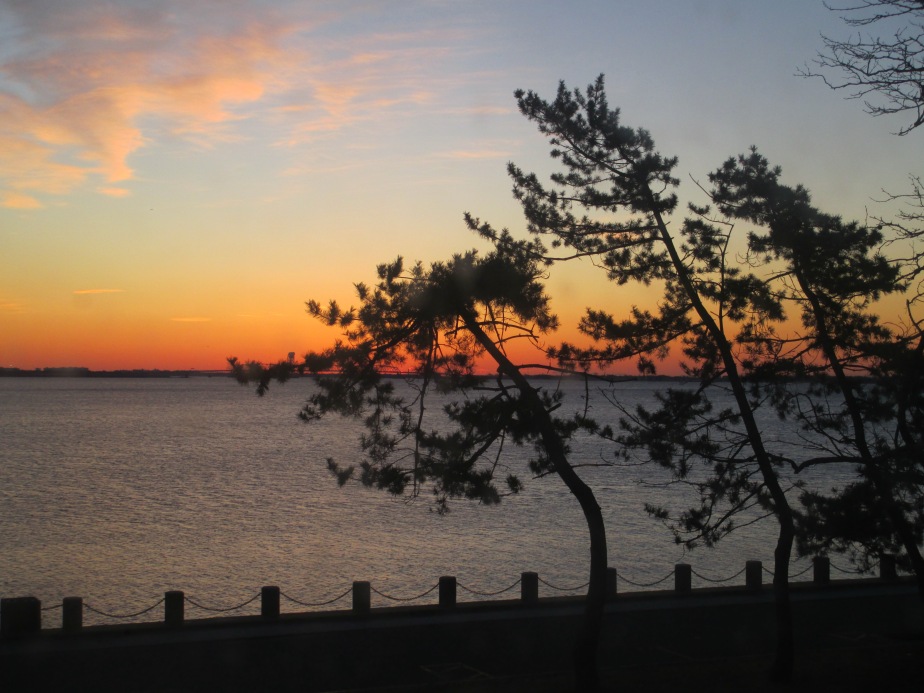
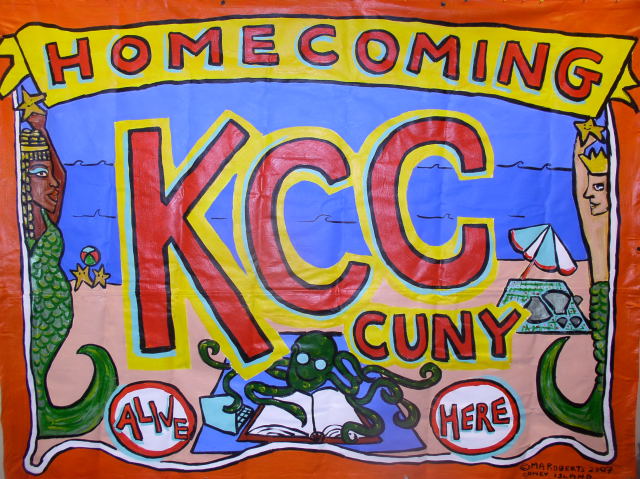
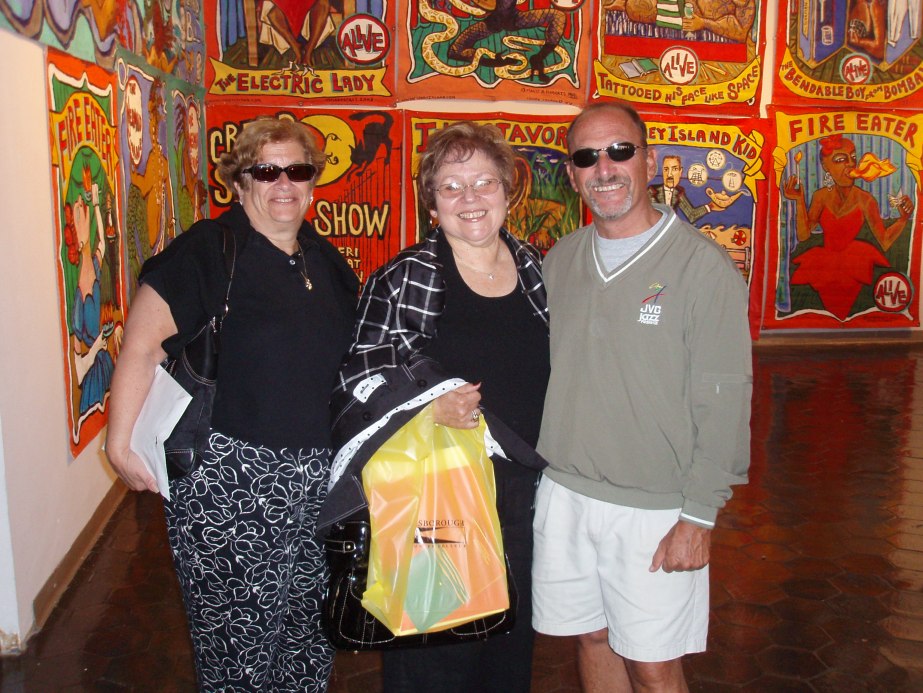
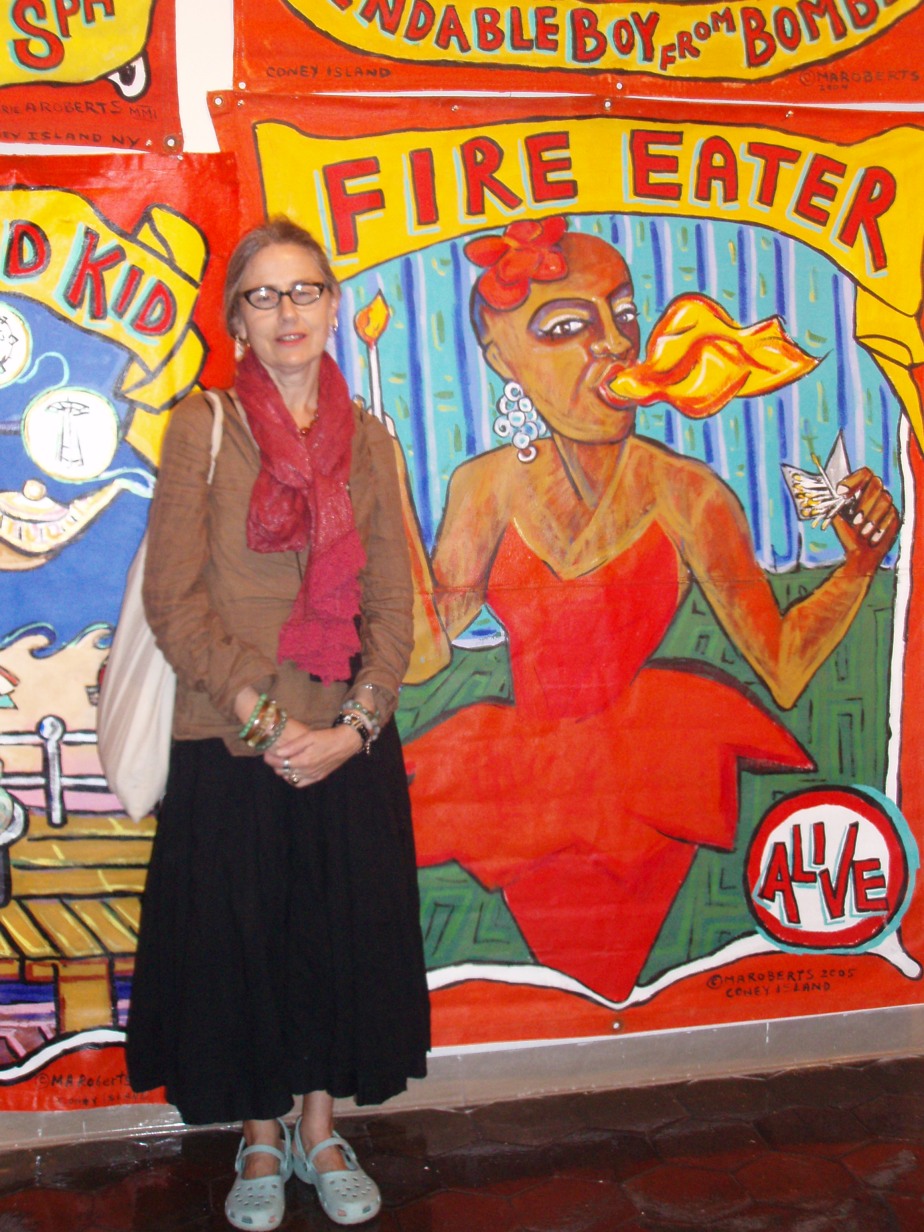
![hartstein[1]](https://kingsboroughblog.files.wordpress.com/2016/03/hartstein1.jpg?w=924)
![50info[1]](https://kingsboroughblog.files.wordpress.com/2016/03/50info1.png?w=924)
![image[6]](https://kingsboroughblog.files.wordpress.com/2016/03/image6.jpg?w=924)
![image[3]](https://kingsboroughblog.files.wordpress.com/2016/03/image3.jpg?w=924)
